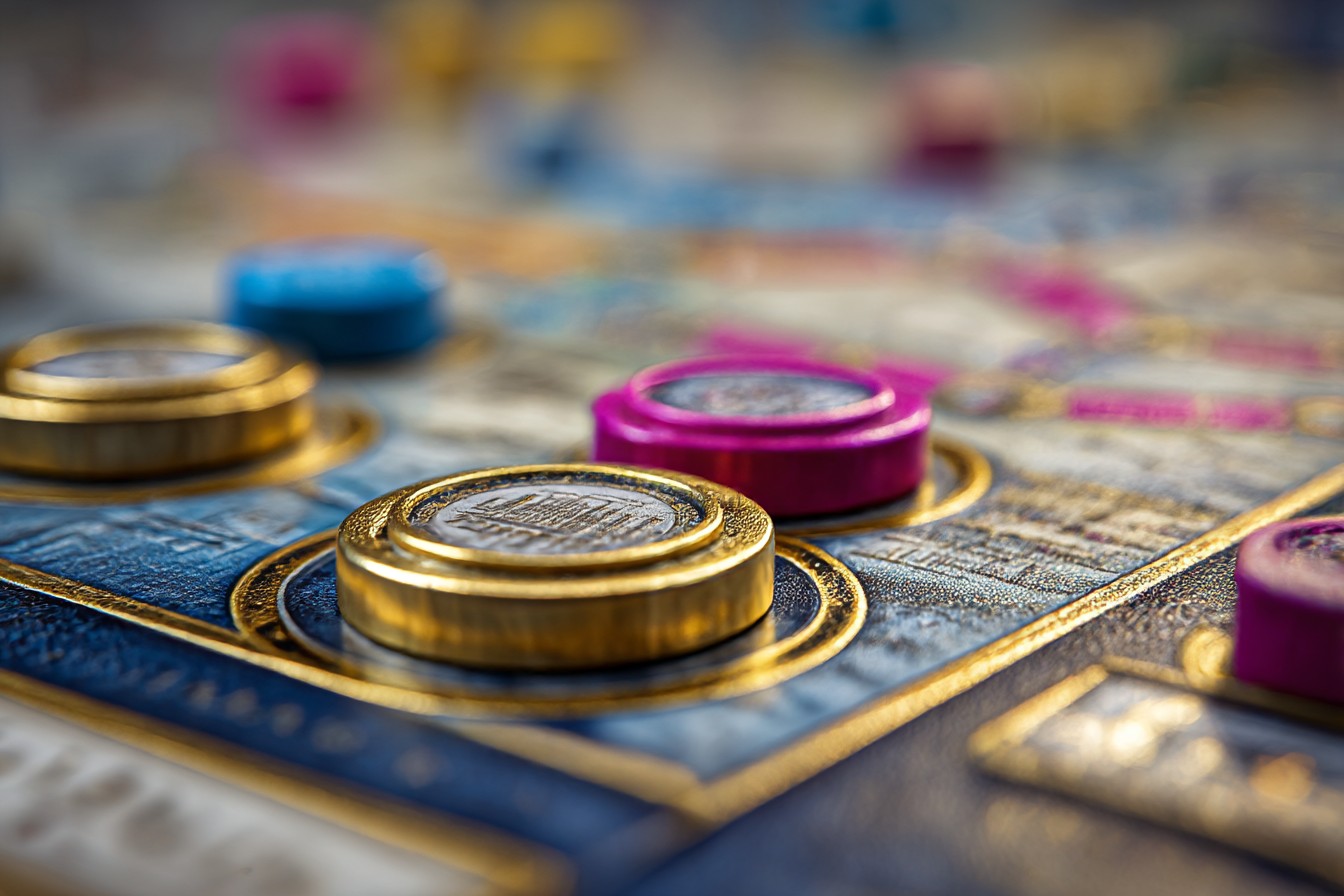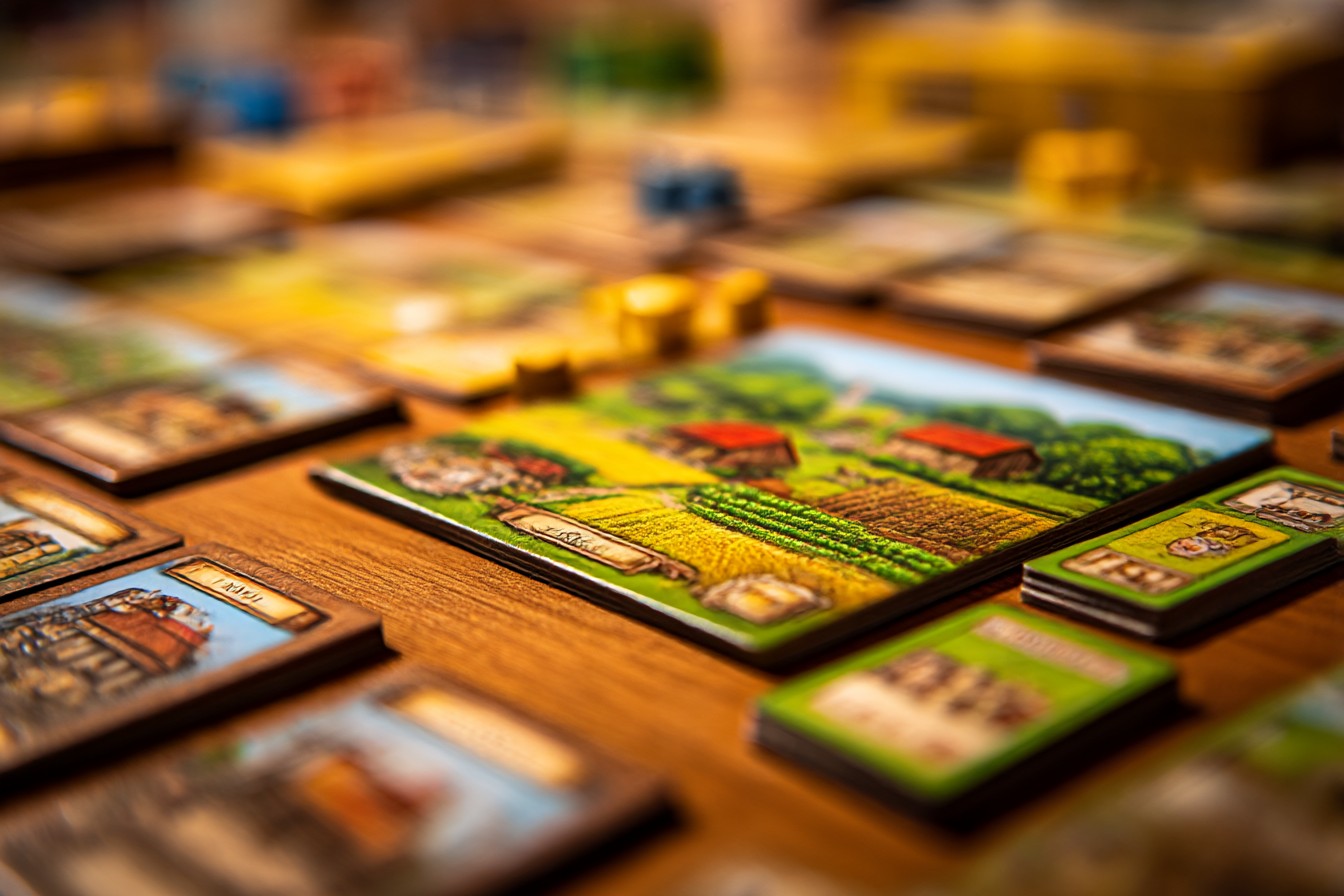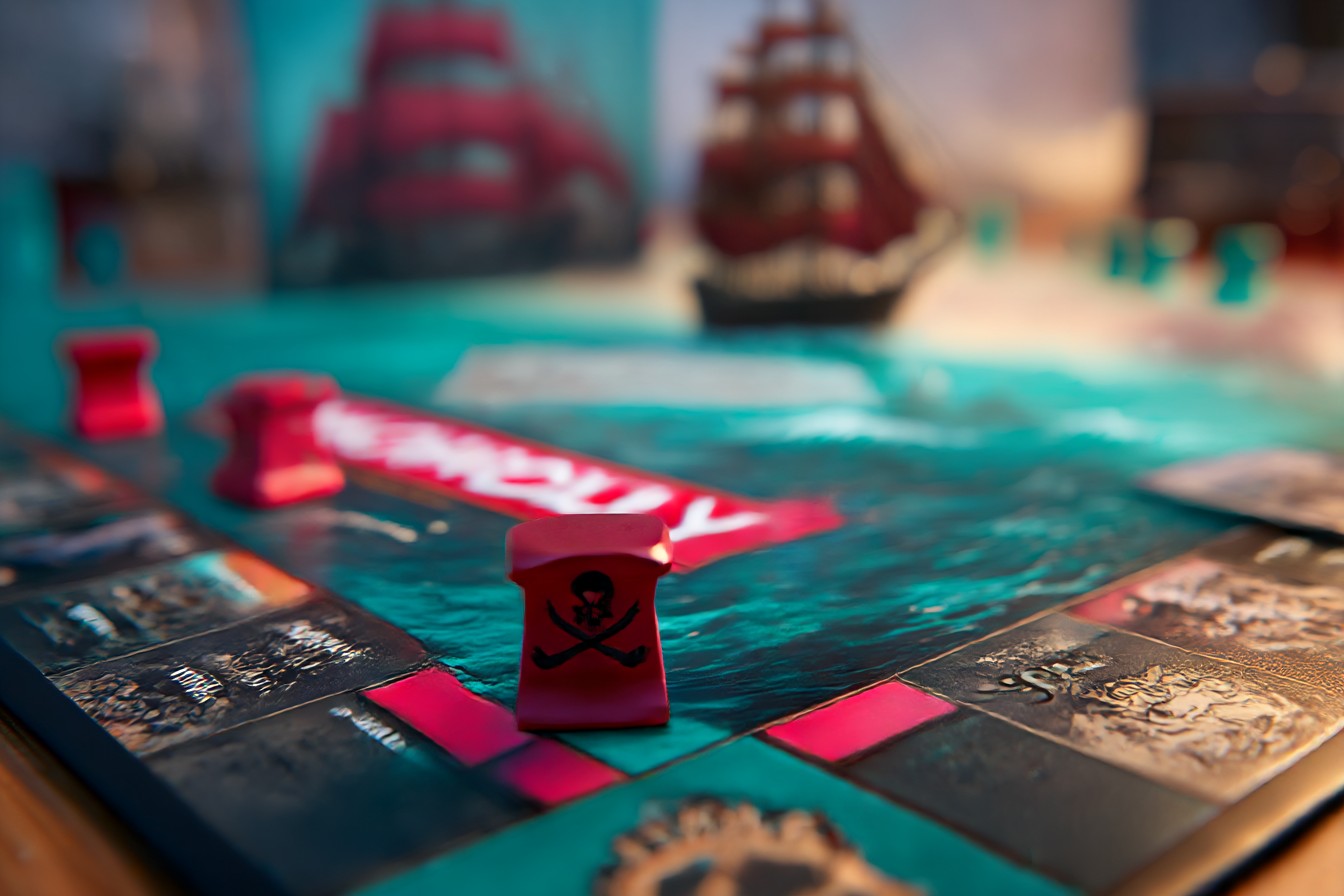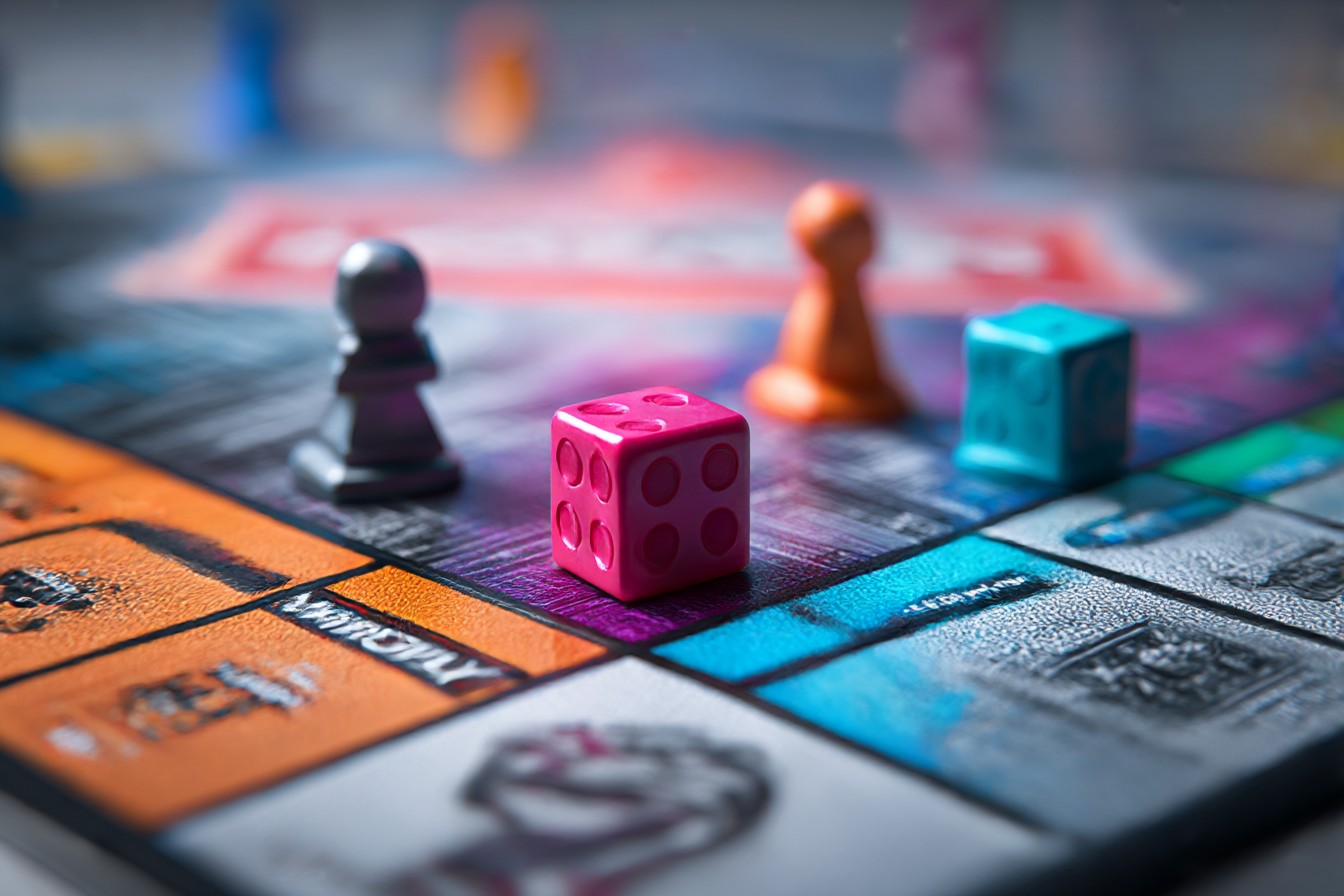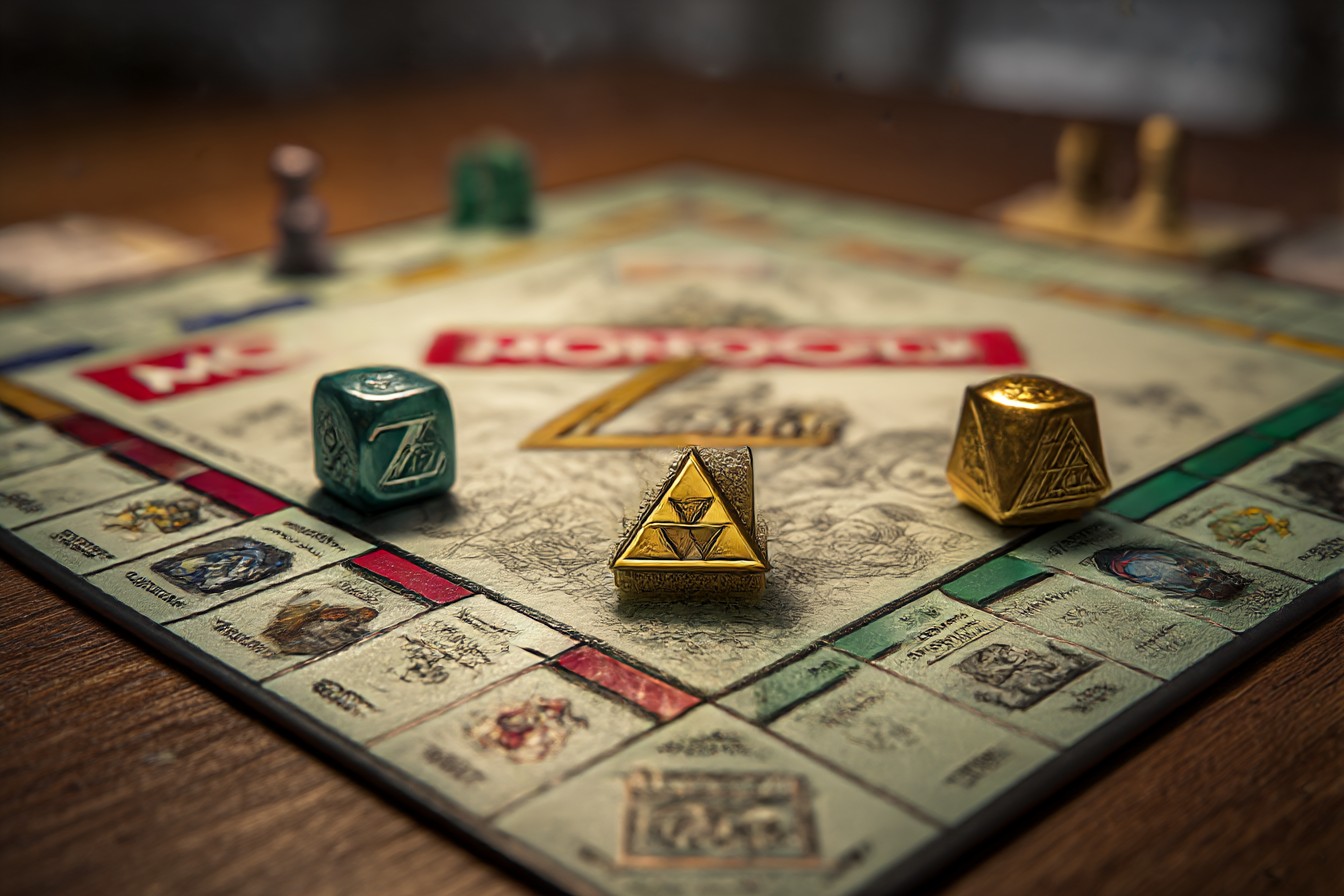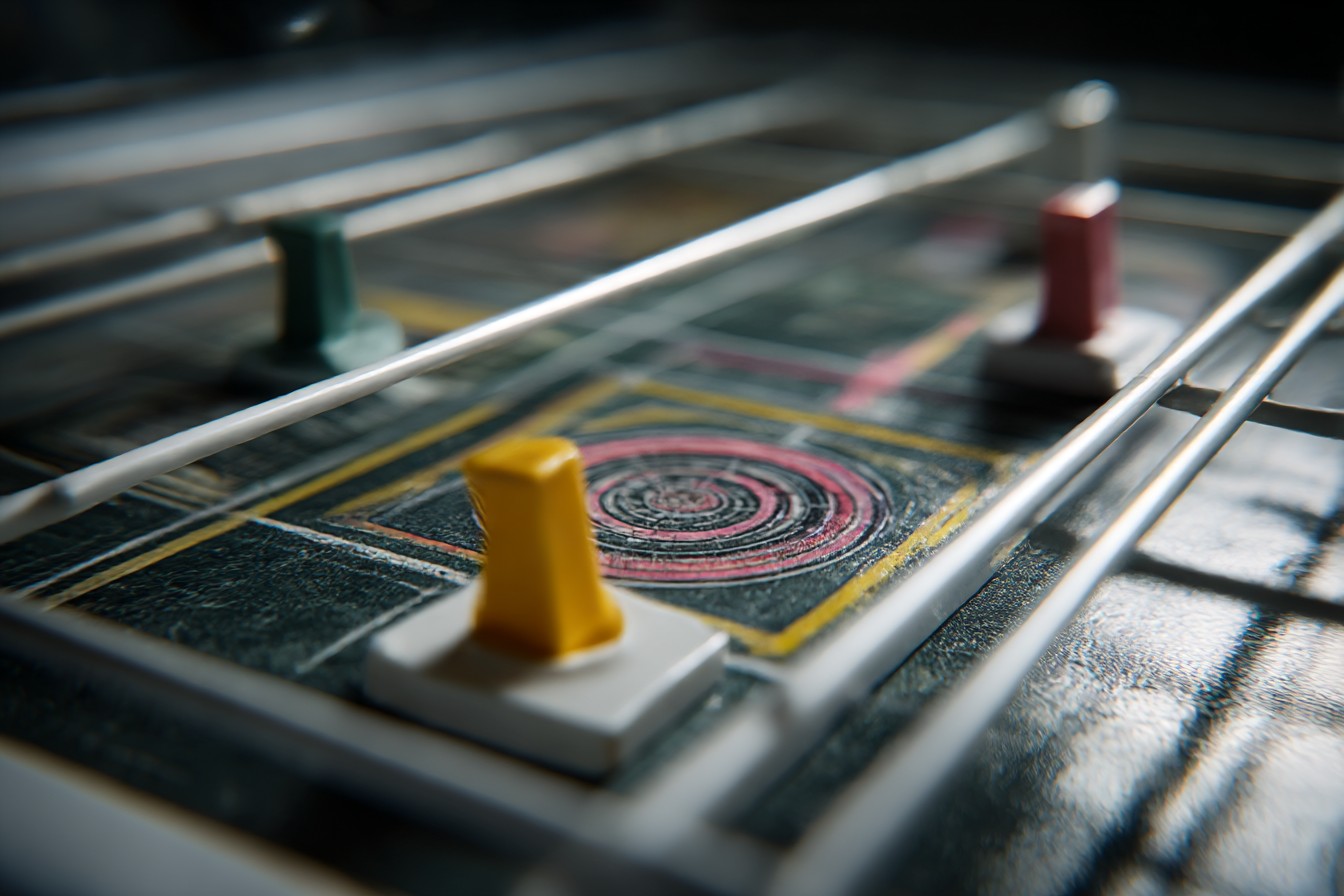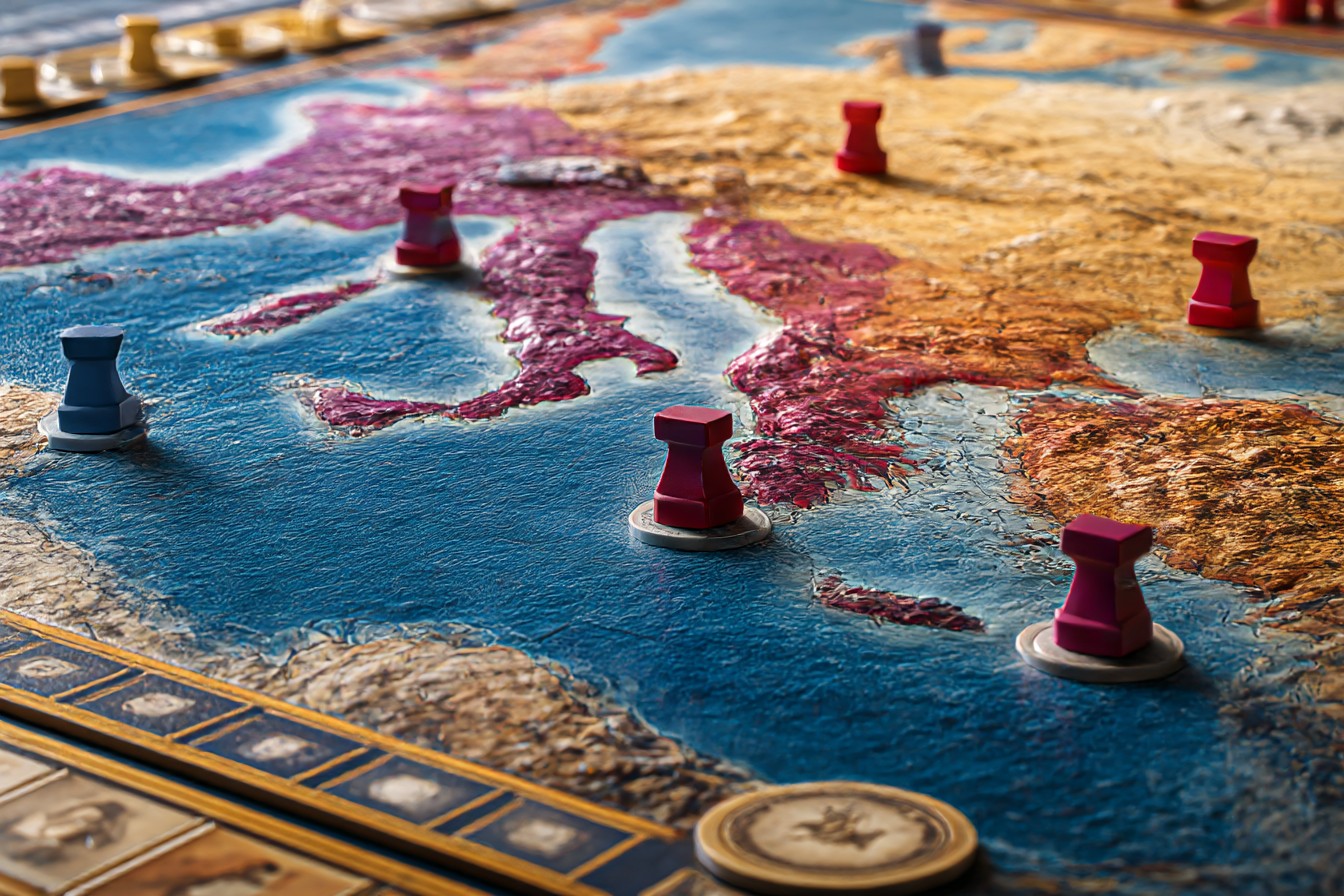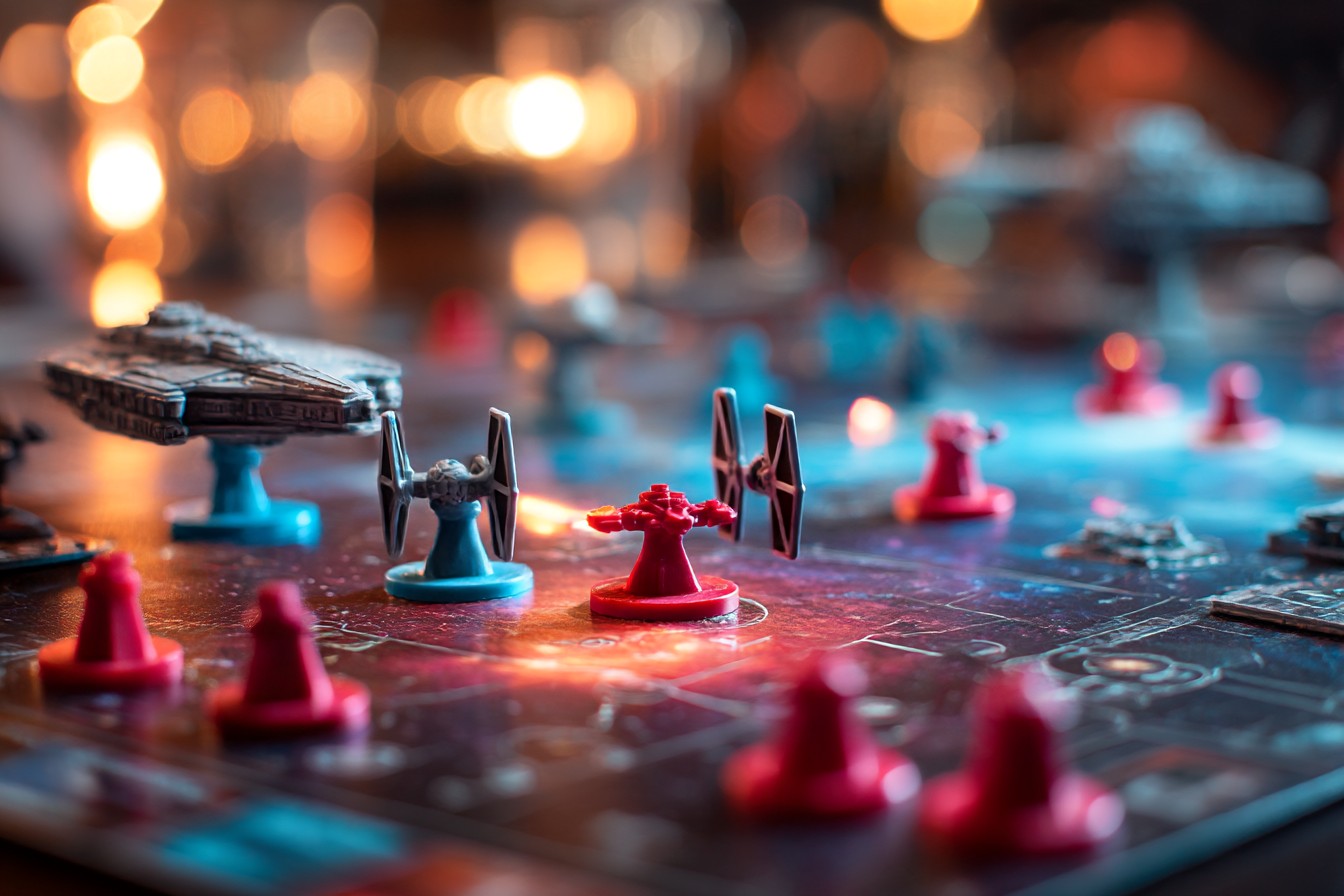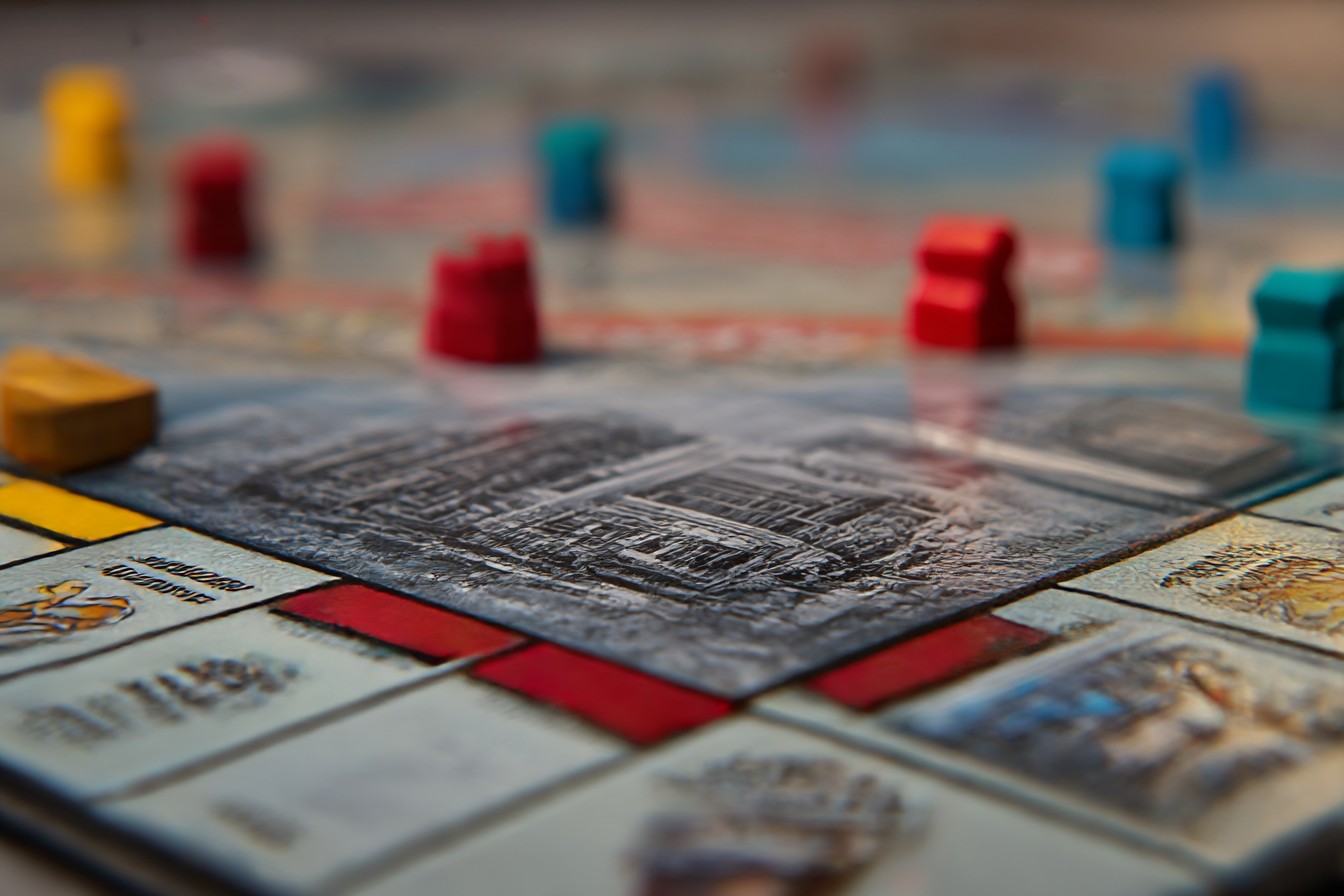Last Friday night at our monthly game meetup, I had to watch another newcomer get absolutely crushed in Brass Birmingham, and honestly, it was painful to witness. This player – let’s call her Sarah – had done her homework, you know? She’d watched tutorial videos, understood the basic mechanics, even asked good questions during setup. But when we hit the transition between eras, she just… collapsed. Spent the entire rail era staring at the board like it had personally betrayed her while the rest of us accumulated victory points.
It’s funny, I’ve been explaining this game to people for about five years now, ever since our group discovered Martin Wallace’s redesign, and I keep seeing the same patterns. Players think they get it after the first era, then the second era hits and suddenly everything they thought they knew becomes irrelevant. I remember my own first game – thought I was doing great until everyone else doubled their scores and I’m sitting there wondering what the heck just happened.
The thing is, Brass Birmingham looks straightforward when you’re learning the rules. Build factories, ship goods, make money – seems simple enough. But there’s this entire layer of strategic thinking that only becomes obvious after you’ve been demolished a few times. I’ve probably played this sixty or seventy times now, and I’m still finding new patterns, still discovering interactions I’d missed before.
Here’s what I tell new players, and what I wish someone had told me: the canal era and rail era aren’t two separate games stuck together. They’re one continuous strategic arc, and everything you do in the first half either sets you up beautifully or completely screws you over for the second half. I learned this the hard way during maybe my fourth game when I’d built what seemed like an amazing canal network. Connected everything, dominated the beer market, felt pretty good about myself. Then the era flipped and I realized none of my locations had decent rail connections. Just none. Watched helplessly as other players built efficient rail networks while I scrambled to find any viable connections at all.
The early game is really about positioning, not immediate gratification. Sure, you want income and you want to build things, but the critical question is whether you’re setting yourself up to control key markets when everything changes. I always start by looking at the beer industry – it’s usually the most stable money-maker, and controlling brewery locations gives you leverage throughout both eras. Cotton’s tempting because those market values look so attractive, but it’s also where everyone fights, and getting muscled out of cotton hurts more than missing out on some beer profits.
This is where I see a lot of intermediate players make mistakes with the loan system. They treat borrowing money like some kind of moral failure, something you only do when you’re desperate. Completely wrong approach. Loans are acceleration tools, and timing them correctly can determine who wins. I’ve taken first-turn loans just to secure premium positions, then spent three or four turns paying them back while building an unshakeable foundation. The key insight is understanding your payback timeline – if you can’t service that debt within reasonable time, don’t take it, but if you can leverage it into market control, absolutely do it.
Coal management is where good players separate themselves from average ones. Everyone knows the coal runs out eventually, but most people react to scarcity instead of anticipating it. I track coal consumption obsessively during games – not just my own usage, but what everyone else is doing. When I see the market getting tight, I start adjusting my strategy before prices spike and everyone’s competing for the last expensive coal. Sometimes that means shifting to industries that don’t need coal, sometimes it means buying while it’s still cheap. The absolute worst position is needing coal when there’s only the expensive stuff left and three other players want it too.
Network thinking in this game is completely different from most economic games I’ve played. You’re not just building for yourself – you’re creating infrastructure that other players will use, and they’ll pay you fees for the privilege. I’ve won games where my actual factories produced mediocre income, but my canal and rail networks generated massive revenue from other players shipping their goods. The trick is identifying bottleneck locations where traffic will naturally flow, then making sure you control those chokepoints when everyone needs them.
Location timing trips up a lot of players because the logic seems backwards. They see an empty spot on the board and think “I should build there before someone else does,” but that’s reactive thinking. The real question isn’t whether a location is available, it’s whether building there advances your strategic position right now. I’ve passed on obvious opportunities because the timing wasn’t right, then moved in later when market conditions aligned perfectly. Takes patience, but it pays off if you’re reading the board correctly.
When the rail era starts, everything changes – I mean everything. Your canal factories become obsolete, your income streams disappear, and you’re essentially starting over with different rules and different opportunities. Players who dominated the first era often struggle here because they’re too attached to their previous success. I’ve learned to mentally reset when we flip eras – whatever worked in canals might be completely wrong for rails.
Rail network optimization requires this spatial thinking that catches people off guard. Unlike canals, where connections are pretty straightforward, rails create these complex webs where everything interconnects. You want lines that serve multiple purposes – connecting your own industries while creating valuable shipping routes that other players will pay to use. I spend way too much time during rail era just staring at the board, tracing potential paths and calculating connection values. Karen jokes that I look like I’m trying to solve calculus problems, and she’s not entirely wrong.
Market manipulation becomes way more important in the rail era because there are fewer goods moving around overall. During canals, markets usually stayed pretty liquid because everyone was constantly shipping stuff. Rails concentrate production into fewer but more valuable shipments, which means timing your market entries correctly matters a lot more. I’ve held goods for multiple turns waiting for optimal conditions, then sold everything at once for maximum profit. Risky, but effective when it works.
The endgame scoring is where I see even experienced players make mistakes. It’s not just about having the most cash – your network connections, market positions, industry diversity, all that stuff contributes to final victory points. I’ve watched players with huge money piles lose to opponents who’d optimized their scoring more systematically. The math isn’t particularly complicated, but you need to be thinking about it throughout the entire game, not scrambling to figure it out at the end.
What really makes someone dangerous at this game is learning to read other players’ strategies and adapting accordingly. If everyone’s fighting over cotton, maybe iron’s the better opportunity. If someone’s building an obvious canal network, figure out how to connect to it profitably rather than competing directly. The interactive elements are what make Brass Birmingham special – pure optimization only gets you so far when three other people are trying to optimize against you.
I still make plenty of mistakes, still misread market conditions, still occasionally take loans I probably shouldn’t have. But I recover faster now, adapt more quickly when my initial plans fall apart. That flexibility, more than any specific tactical knowledge, separates consistent winners from players who get lucky sometimes. After watching Sarah struggle through that rail era, I spent some time afterward explaining these concepts. Hopefully next time she’ll see those transitions coming and be ready for them.
Albert’s a Minneapolis math teacher who treats rulebooks like sacred texts. He writes clear, structured guides for players who want to get it right the first time—no arguments, no confusion, just smooth game nights. If there’s a rules debate, he’s already looked it up.
